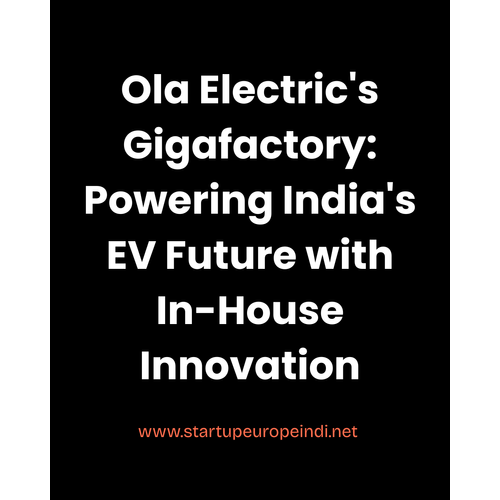What’s Next for AI at DeepMind: Revolutionizing Health, Science, and Society

Sarah J
Posted on Tue, Apr 22, 2025
Share the article with your network
Google’s artificial intelligence lab, is on a mission to push the boundaries of AI, aiming for systems that rival and even surpass human intelligence. Here’s a straightforward look at the key points from Demis Hassabis and the DeepMind team’s vision for the future, especially in tackling disease and transforming everyday life.
AI Progress Is Accelerating
DeepMind’s CEO, Demis Hassabis, describes AI’s progress as “exponential.” With more resources and talent than ever before, breakthroughs are happening rapidly. The lab is moving toward Artificial General Intelligence (AGI)—AI that can learn and reason across any domain, much like a human.
AI That Sees, Hears, and Understands
DeepMind’s Project Astra is a new kind of AI assistant that doesn’t just process text, but can also see, hear, and interpret the world around it. Imagine a chatbot that can look at a piece of art, sense emotions, or create stories from images. This leap in understanding brings AI closer to real-world usefulness.
Transforming Disease Research and Healthcare
One of DeepMind’s boldest goals is to help cure or even eliminate all diseases within the next decade. Here’s how they’re working toward that:
- AlphaFold, DeepMind’s breakthrough model, has mapped over 200 million protein structures—work that would have taken humans centuries. Knowing how proteins fold is crucial for understanding diseases and designing targeted drugs.
- The new AlphaFold 3 can predict how drugs interact with proteins, potentially speeding up drug discovery from years to just months or weeks.
- Tools like AlphaMissense can predict which genetic mutations are likely to cause disease, helping doctors diagnose rare conditions faster.
- DeepMind’s AI can detect life-threatening illnesses, such as acute kidney injury, up to 48 hours earlier than traditional methods, allowing for quicker intervention and better patient outcomes.
- The team is also building AI systems that analyze medical scans and personal health data, aiming to make healthcare more personalized and accessible everywhere.
Learning, Imagination, and the Unknown
DeepMind’s AI systems learn from massive datasets, sometimes developing abilities their creators didn’t expect. While these systems can solve problems and even generate creative solutions, they still lack true curiosity and imagination—the ability to ask new questions or come up with original hypotheses. Hassabis believes that within a decade, AI will be able to propose and solve new scientific problems on its own.
Robotics and Everyday Impact
DeepMind is making strides in robotics, teaching machines to reason and follow complex instructions. In the near future, robots could perform genuinely useful tasks in homes and workplaces, driven by the same AI breakthroughs powering their software.
Risks, Safety, and Ethics
With great power comes great responsibility. Hassabis is clear-eyed about the risks:
- AI could be misused by bad actors.
- As AI systems become more autonomous, controlling them could become harder.
DeepMind stresses the need for international cooperation, strong safety measures, and ethical guardrails to ensure AI benefits everyone. They’re also exploring how to teach AI systems values and morality, much like how children learn from adults.
A Future of Radical Abundance
Looking ahead, Hassabis envisions a world where AI leads to “radical abundance”—ending scarcity and transforming society. He believes new philosophers will be needed to help humanity navigate these changes, as AI reshapes not just science and health, but the very fabric of daily life.
DeepMind is at the forefront of a technological revolution. Their work could dramatically speed up scientific discovery, cure diseases, and change how we live and work. But realizing this potential will require careful oversight, ethical thinking, and a commitment to making sure these advances help everyone.
---
Join the Premier Europe-India Network for Tech and Science Leaders
Connect with industry and product leaders from Europe and India through the Startup Europe India Network (SEINET). This invite-only platform is designed for decision-makers in science, technology, and innovation to drive partnerships, expand markets, and foster mergers and acquisitions.
Register now www.startupeuropeindia.net
You may also like
Sarah J
Thu, Oct 16, 2025
BharatGPT Mini debuts in France

Team S
Wed, Oct 15, 2025
EU and India Adopt New Strategic Agenda, Enhance Bilateral Cooperation from 2025

Sarah J
Thu, Aug 21, 2025
Ola Electric's Gigafactory: Powering India's EV Future with In-House Innovation
